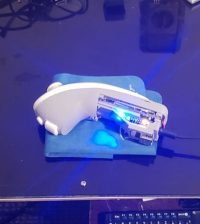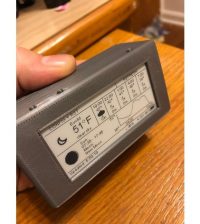- makeITcircular 2024 content launched – Part of Maker Faire Rome 2024Posted 2 weeks ago
- Application For Maker Faire Rome 2024: Deadline June 20thPosted 2 months ago
- Building a 3D Digital Clock with ArduinoPosted 7 months ago
- Creating a controller for Minecraft with realistic body movements using ArduinoPosted 7 months ago
- Snowflake with ArduinoPosted 8 months ago
- Holographic Christmas TreePosted 8 months ago
- Segstick: Build Your Own Self-Balancing Vehicle in Just 2 Days with ArduinoPosted 8 months ago
- ZSWatch: An Open-Source Smartwatch Project Based on the Zephyr Operating SystemPosted 9 months ago
- What is IoT and which devices to usePosted 9 months ago
- Maker Faire Rome Unveils Thrilling “Padel Smash Future” Pavilion for Sports EnthusiastsPosted 10 months ago
Open source science equipment can make the difference? University of Michigan says…

Science can be expensive. But making customized scientific equipment doesn’t have to be. Researchers at Michigan Technological University have compiled economic data on the effectiveness of open source hardware in the laboratory—and the process looks promising.
Pearce proposes that instead of spending millions of dollars every year replacing quickly obsolescent equipment, that money could be redirected to developing open source tools that are “upgradeable and transformable—they will be continuously updated” using digital manufacturing techniques such as 3-D printing.
The benefits could be huge: research would cost less, the equipment would improve each year, grant competition would be less inflamed and educational tools would provide better inspiration and instruction. Outside the lab, open source tools could help spur innovation and diversity in the science manufacturing market. While these big impacts would take time to grow, Pearce and his Michigan Tech Open Sustainability Technology lab did quantify the impact of open source syringe pumps.
Pearce and his group created 3-D printable models—completely customizable—for $97 for a single pump and $154 for a double pump, using open source CAD software and off-the-shelf motor parts. They posted the designs and codes on Youmagine and Thingiverse; within ten months, they had 1,035 downloads. And each download counterbalances the cost of purchasing a syringe pump.















